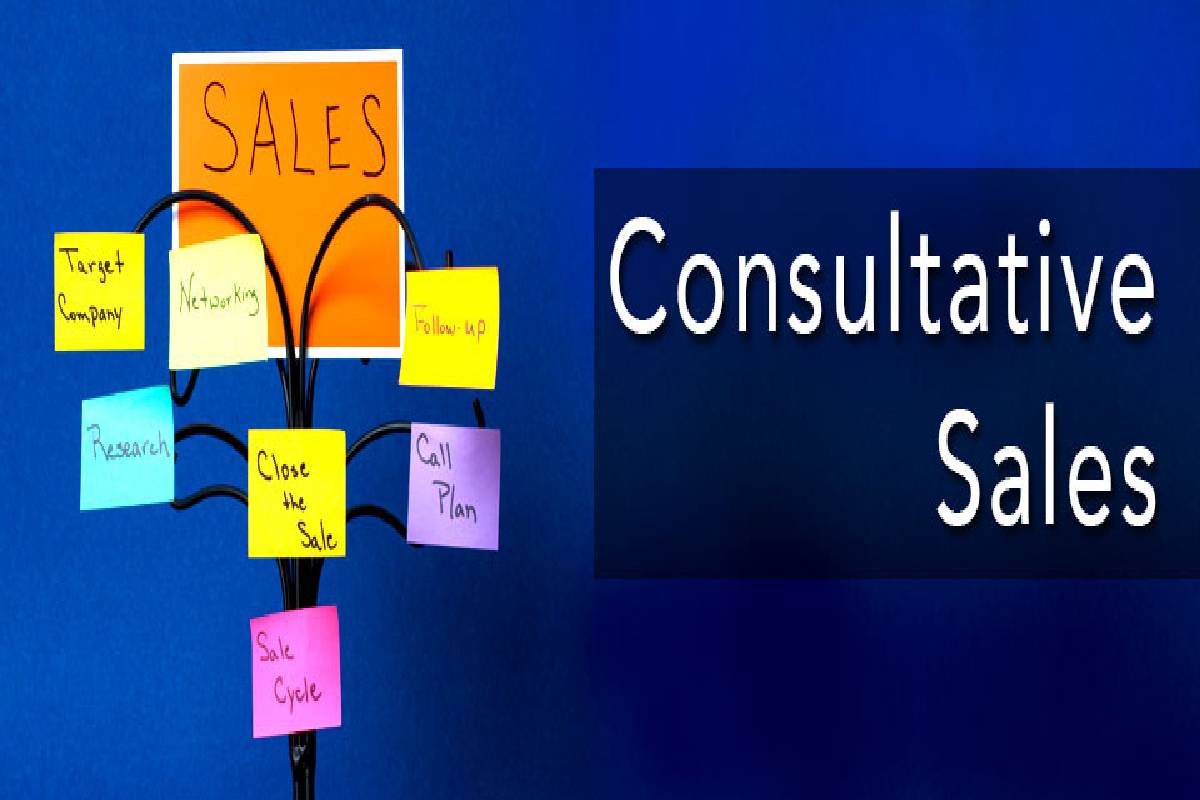Consultative Sales
This consultative sales method is key to consecutively a well-oiled sales team. The alteration between consultative selling and traditional selling is like the change between a therapist and a doctor.
What is consultative selling?
Consultative selling is a study approach to sales. Instead of telling potential customers what they need, you ask them questions that make them think and help them identify their pain points.
Eventually, with a consultative sales approach, forecasts will be on their way to making the best decision.
- Benefits of the consultative selling approach
- Increased revenue through new and existing customers
- Shorter sales cycles
- Competitive advantage over your competitors
As a sales representative, your role is to be empathetic and helpful, providing potential customers with the information they need to make an informed purchasing decision. Advisory selling is in stark contrast to transactional selling. Transactional selling is solely focused on meeting revenue targets.
Consultative selling, while also interested in meeting revenue goals, aims to help clients be successful. And that makes the difference.
Once you have a consultative method to sales, you measure success by your impact on customers, the results they are attaining, and your success. Focus your messages on this data rather than its features and benefits. You never treat the customer like a number. Instead, he sees himself as a trusted advisor.
Not surprisingly, that’s precisely what buyers want, especially when buying multifaceted and expensive solutions.
1. Practice asking questions
If this first conclusion seems too simple to be accurate, it is because it is. Simply asking better questions undoubtedly leads to a better bottom line.
It caught my judgment when Less only interviewed a potential employee for a sales position. In his presentation to our team, he challenged us to a simple game called “The Trivia Game.”
It may sound acquainted to anyone who enjoys improv comedy. We had to see how long we could come and go with someone else, just asking questions.
4 types of consultative selling questions:
- situation questions
- Problem questions
- Implication questions
- Payment need questions
2. Practice active listening
It is more complex than you think. Too often, we request the suitable “next question,” but instead of hearing the answer, we prepare ourselves for the next thing we want to say. We don’t record what the prospect is saying.
Recently knowledgeable this first hand, from the buyer’s seat. The salesperson was bothersome to use a consultative approach.
This primary call was even called a coaching call. But the sales questions you asked at the beginning of the call were more about qualifying me than trying to understand my situation.
To make sure you listen to the potential customer and understand their situation, follow these steps:
Ask actual sales advice questions, not questions designed to get the potential customer to agree with you.
- Listen to the words they are saying.
- Slow down and listen.
- Make sure you understand its meaning.
- Do more research if you are unsure.
- Validate and clarify.
Reiteration a summary of what the prospect said so that you can confirm or correct your understanding.
Then, and only then, decide your answer or your next question.



